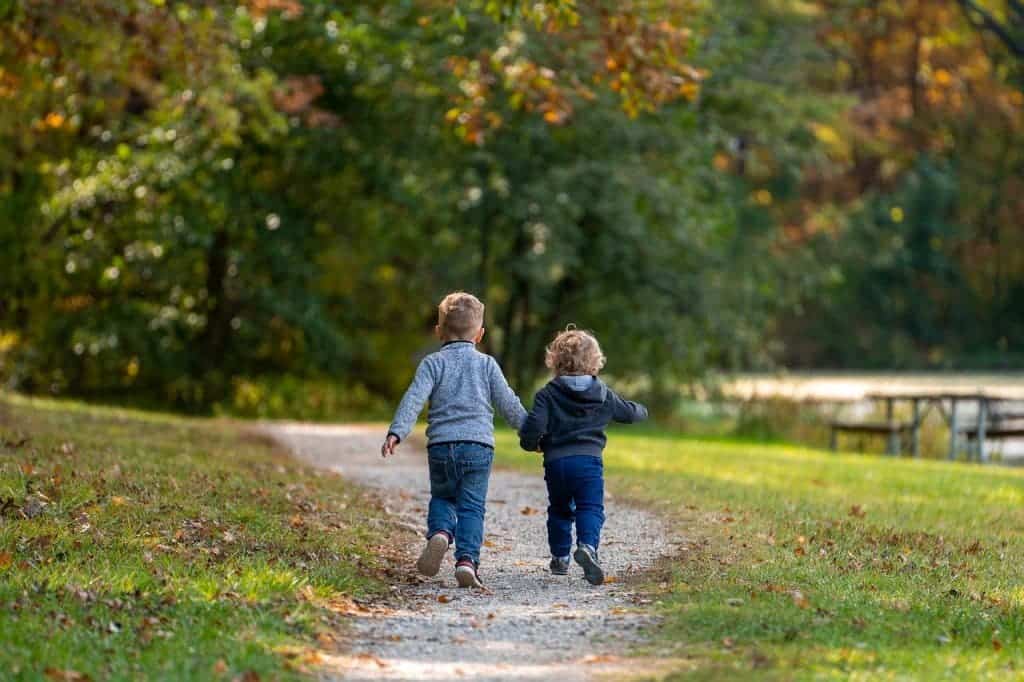
Humans evolved in nature. In fact, we are part of nature, not separate from it despite our modern urban lifestyles that gives a sense of artificial separation. It makes sense that people may have an inherent need for connecting with nature and disrupting this connection could cause all sorts of problems. A new study found that children living close to woodlands are at a lower risk of emotional and behavioral problems — which seems to support this notion.
In what may very well be the largest study of its kind, researchers from University College London and Imperial College London analyzed longitudinal data on 3,568 children and teenagers ages nine to fifteen. The participants studied at 31 schools across London during a key period of their lives for their mental and emotional development.
The researchers measured the influence that different kinds of environments may exert on the pupils’ cognitive development, mental health, and overall well-being. These environments were divided into green spaces (further separated into grassland and woodland) and blue spaces (rivers, lakes, and the sea). Satellite data allowed the researchers to calculate the daily exposure rate to each of these environments within 50 meters, 100 meters, 250 meters, and 500 meters of the children’s home and school.
After adjusting for variables such as age, ethnic background, gender, parental occupation, and schooling (public or private), the researchers observed a positive association between exposure to woodland and higher scores for cognitive development, as well as a 16% lower risk of emotional and behavioral problems over a two year period.
A similar albeit smaller effect was observed for green spaces. However, this was not the case for blue spaces, although the researchers note that this may be due to the generally poor access to blue spaces across London.
“Previous studies have revealed positive associations between exposure to nature in urban environments, cognitive development and mental health. Why these health benefits are received remains unclear, especially in adolescents,” said lead author Mikaël Maes, a Ph.D. student at University College London.
“These findings contribute to our understanding of natural environment types as an important protective factor for an adolescent’s cognitive development and mental health and suggest that not every environment type may contribute equally to these health benefits.”
These findings may help urban planning decisions to enhance access to natural ecosystems in order to maximize benefits linked to cognitive development and mental health.
The findings appeared in the journal Nature Sustainability.
Nature is good for the body and mind
This is just the most recent study in a body of evidence showing that exposure to nature has significant, long-lasting, positive effects on mental health for children and adults alike. Previously, a 2019 study found that children with a stronger connection to nature had less distress and hyperactivity, as well as fewer behavioral and emotional difficulties and improved prosocial behavior. Even something as simple as taking a walk in nature can do wonders for your mental health, as a 2014 study can attest. If you can’t access nature, listening to recordings of nature sounds such as birds chirping in the canopies and water babbling down a stream can still offer important health benefits.
And perhaps there has never been more solid evidence of the connection between nature and mental health than during this pandemic. Social distancing rules and the experience of depressing lockdowns enticed people to spend more time in nature, thereby enhancing their wellbeing.
The World Health Organization (WHO) recommends that all children have green spaces within 300 meters (1,000 feet) of their home for recreation and play.


